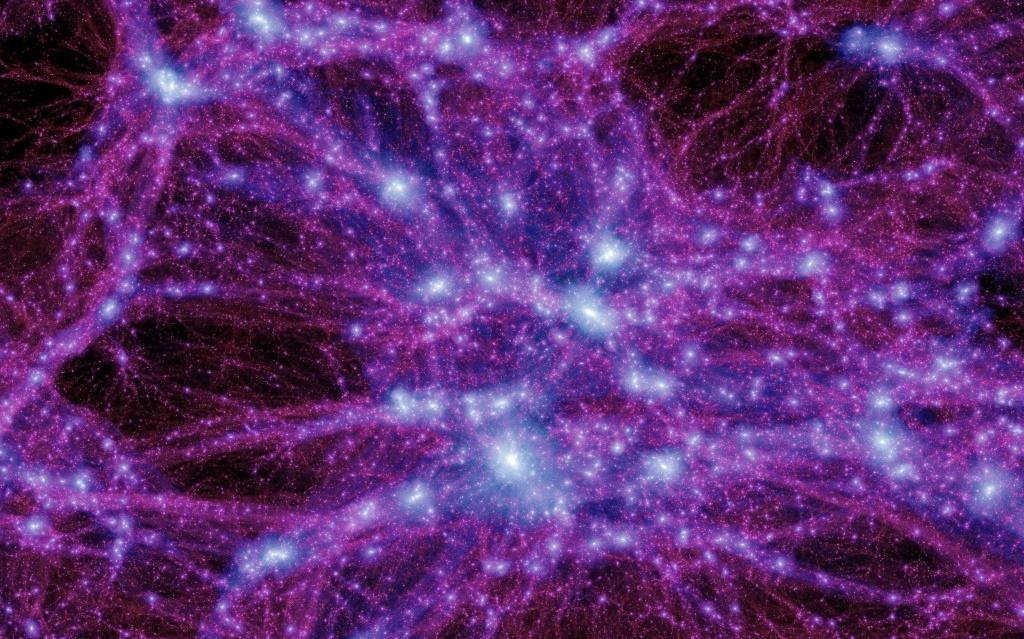Dark matter: The most influential mystery in the universe
Satyam Mehta. 11/27/2020.

One of the biggest and most influential mysteries in the universe is dark matter. Although a lot of people are probably familiar with the topic of dark matter itself, seldom do people understand its correlation to the universe. Dark matter affects the universe in ways that cannot be fully interpreted by scientists and astronomers on Earth. In fact, only five percent of the universe is occupied by normal matter, and the rest of it is occupied by dark matter and dark energy. Dark matter occupies 26 percent of the universe while dark energy (the force which results in the expansion of the universe) occupies 68 percent of the universe.
But now let us take a look at what dark matter is. Dark matter has not been defined yet, and cannot be defined until and unless its existence can be justified with 100% definitive proof. Although there are various pieces of evidence that support the existence of dark matter, its presence has not been verified. Until then, all that has been observed are glimpses of its properties. Some of the properties are as follows: dark matter interacts with normal matter only on a gravitational and weak level, does not emit or absorb light, and its particles move much slower than the speed of light.
These are some of the basic properties that have been observed and dark matter is expected to have. Now, the question that arises is, why are we not able to detect dark matter? And how are we able to interpret the chance of its existence if we could not detect it? To address the first question, since dark matter cannot interact directly with light, it cannot interact with or be identified by electromagnetic radiation, which is the way normal matter is identified. Despite this, scientists have been able to theorize the presence of dark matter through the unknown additional mass discovered while evaluating the mass of a particular galaxy. One of the most significant theories is that dark matter is essential for binding a galaxy together. How? Dark matter exerts a gravitational force, which results in the attraction of matter towards it. Since there is so much dark matter in the universe, it helps in meshing galaxies together, like a giant spider web.

But again, all of these are circumstantial theories put out by scientists, and nothing can be confirmed until the presence of dark matter is proven. Thankfully, we are getting closer and closer to finding the truth as technology advances. Scientists have identified particular hotspots in the universe where dark matter could be accumulated, and have termed these as dark matter maps. There are also dark matter labs made on Earth, which have been seated deep underground in order to collect the tiniest and most insignificant signals from the universe to help provide evidence of the existence of dark matter. People from all over the world are trying to piece this jigsaw together, and once it is complete, it may change the entire notion of the cosmos for us.
Cover Photo: (New Atlas)

Satyam is a sharp class XI student with an entrepreneurial bent of mind. He is a kind, enthusiastic and compassionate self-starter with great innovative and leadership skills. He has initiated various social services such as Pravahkriti, a project aiming to promote better menstrual health and hygiene management among females of various ages. He has also started an initiative called Junkguards, which aims at proper and effective e-waste disposal. He has a passion for spreading awareness on various topics such as Financial literacy too.